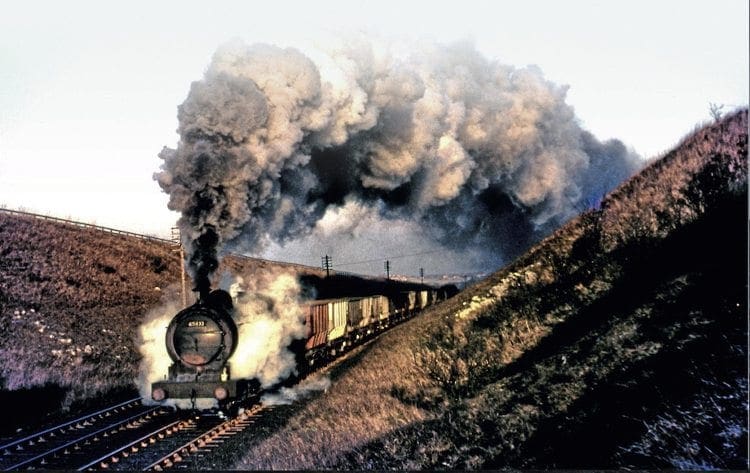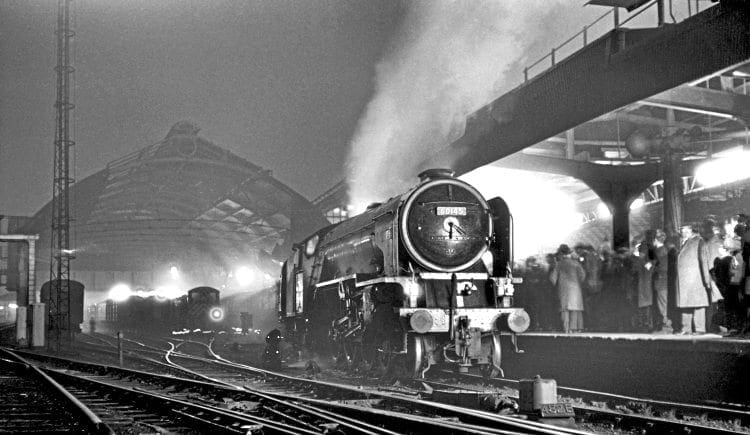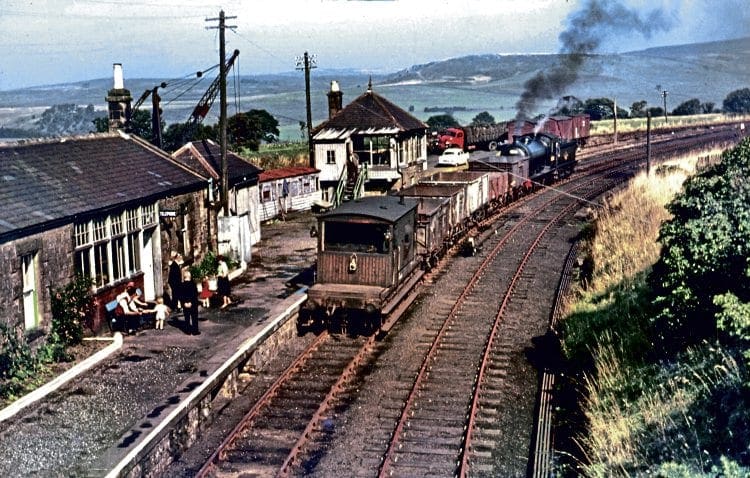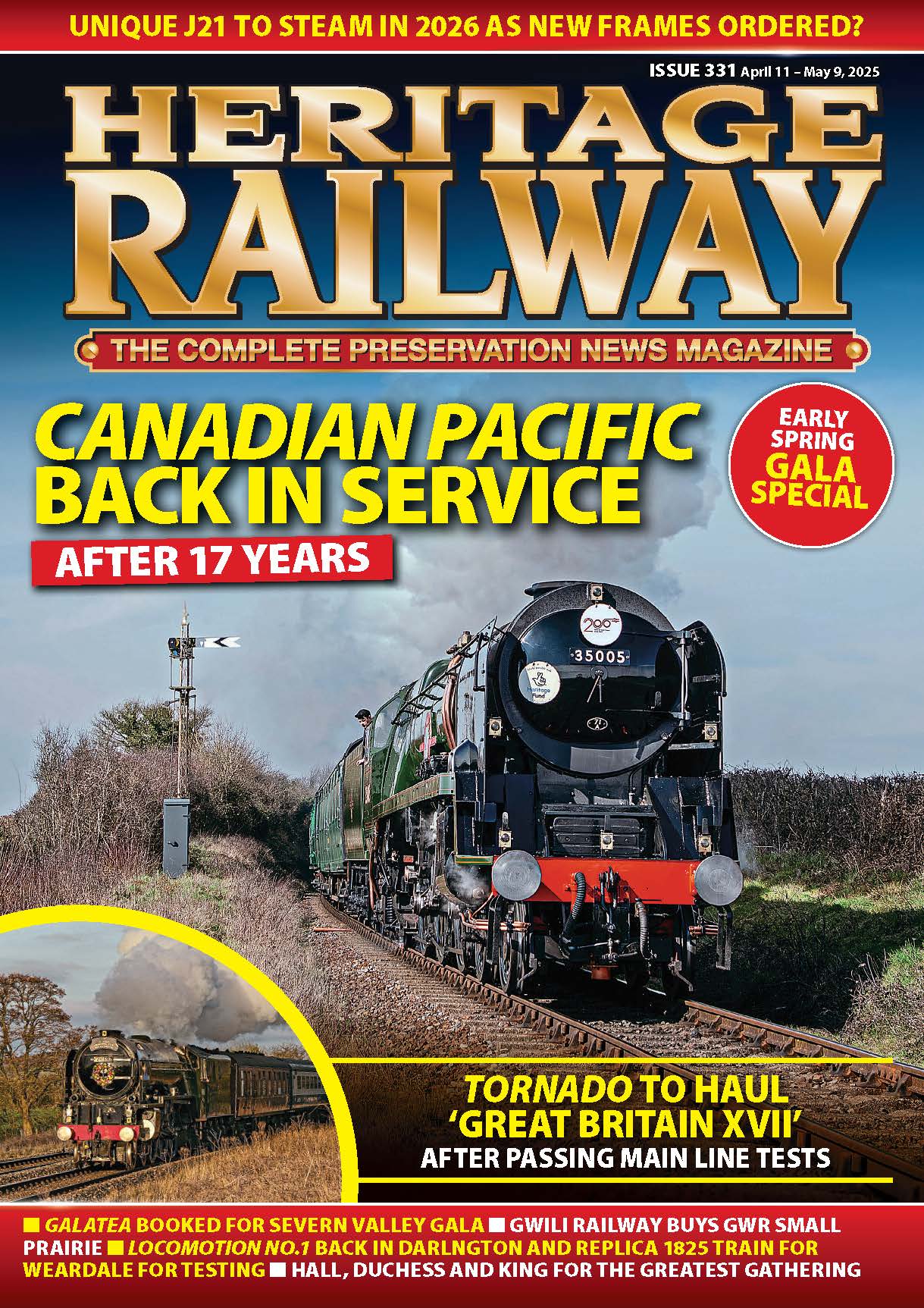The final 18 months leading to the end of BR steam operation in the North East saw many last steam workings. Maurice Burns recalls his memories of that time, and the efforts of many enthusiasts to clean up some of the worn-out old engines ensuring steam bowed out in style.

Steam in the North East was in rapid retreat as the end of 1965 approached but with survivors still to be found at Tweedmouth, Blyth, Tyne Dock, Sunderland, West Hartlepool, Darlington, York, Hull and Leeds Neville Hill.
Most of the loco sheds by 1960 standards were primitive and had been unaltered since the day they were built, providing poor working conditions. Ironically, by contrast, the last steam shed built in Britain– at Thornaby in 1958, complete with brand-new modern facilities for steam – was already 100% diesel. Express passenger services were all diesel so that steam was used only on freight and coal traffic.
Enjoy more Heritage Railway reading in the four-weekly magazine.
Click here to subscribe & save.
The planned closure of Darlington North Road works in April 1966 meant the end of steam was near, and steam engines would work out their last mileage, usually about 60,000 miles, until something failed on the boiler or motion. At best, most enthusiasts thought steam would last in the area until June 1967.

Against this backdrop, BR announced in early December 1965 the final run of a Peppercorn A1 Pacific using the last survivor, No. 60145 Saint Mungo, between York and Newcastle on December 31 (New Year’s Eve), 1965.
This train was to be the last express, scheduled steam train in the North East and interest was predictably widespread.
Everyone thought something special would happen that night, with no speed limit for steam.

On the northbound run the A1 caught up diesel expresses hampering any high-speed running.
However, with a clear road ahead on the return run back to York, 100mph was reached. A day of sadness and excitement, yet remarkably there was no one to harness these emotions and form an A1 Preservation Society, and within six months Saint Mungo went for scrap.
In the first months of 1966, Darlington still had a handful of engines left for just local freight traffic, but this shed closed in March 1966, virtually the same time as North Road works.
Read more in Issue 233 of HR – on sale now!
Advert
 Enjoy more Heritage Railway reading in the four-weekly magazine. Click here to subscribe.
Enjoy more Heritage Railway reading in the four-weekly magazine. Click here to subscribe.




